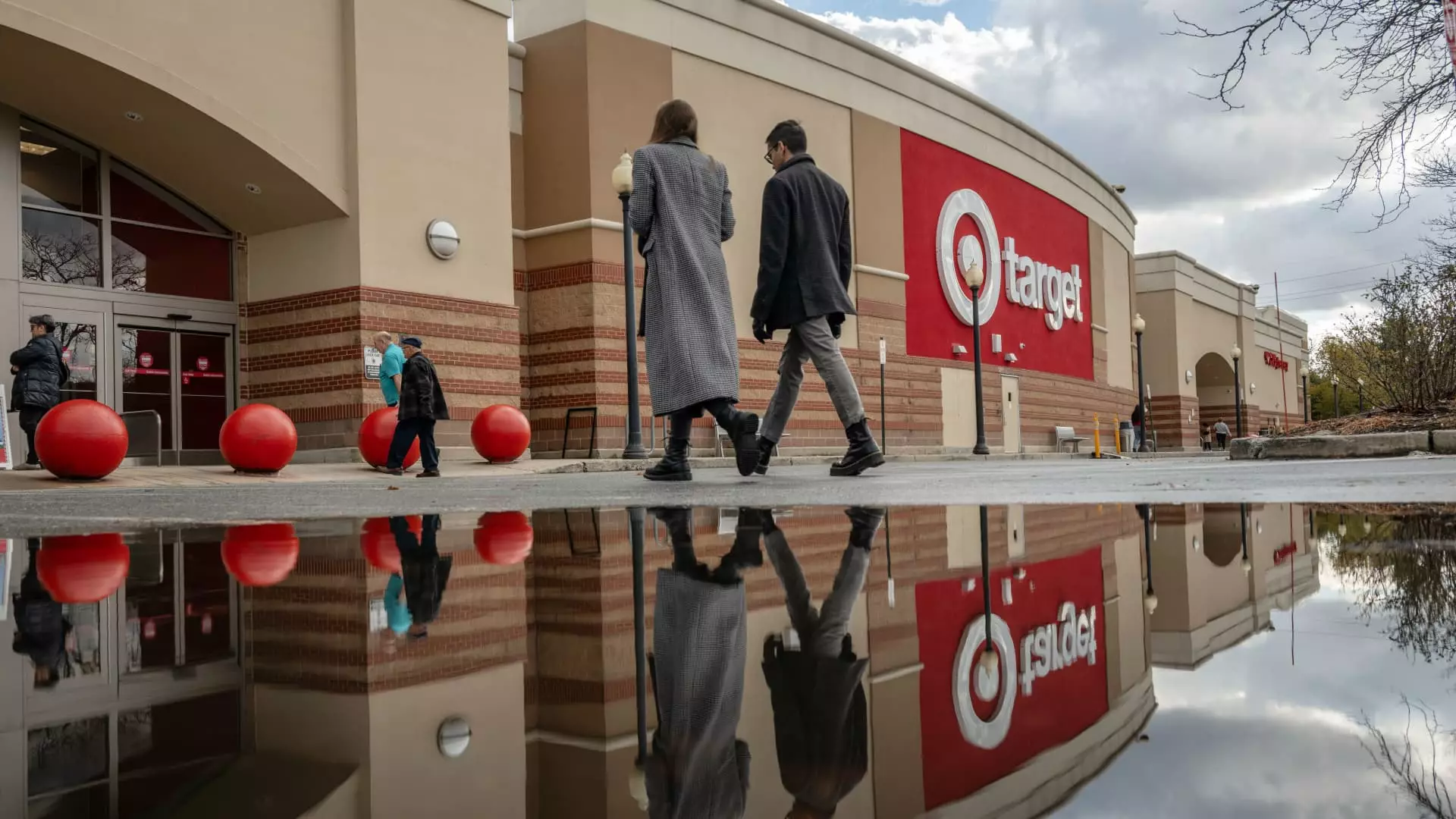As the holiday shopping season fast approaches, a significant shift is evident in the retail landscape, revealing both opportunities and pitfalls for various brands. The dynamics of consumer spending, fueled by detectable patterns of inflation and economic uncertainty, have reshaped the way shoppers approach their holiday purchases. This analysis examines the divergent experiences of retailers as the season unfolds, accentuating the stark contrasts between those thriving and those struggling amidst these demanding times.
The ongoing impact of inflation, lingering for over two years, has forced consumers to adopt a more discerning approach when it comes to spending on discretionary items. While shoppers still engage in the marketplace, they exhibit a tendency to limit their purchases, opting for quality over quantity—buying one or two meaningful gifts rather than several frivolous items. According to Neil Saunders, managing director of GlobalData Retail, this selective behavior has created an unmistakable divide between successful and struggling retailers, as consumers reevaluate where to allocate their funds.
This shift implies that retailers need to strategize around delivering tangible value that resonates with shopper priorities. As households navigate rising costs in essentials such as food, housing, and transportation, discretionary spending on items like holiday attire and gifts comes under scrutiny. This leads to an overarching impact on sales performances across the board, placing pressure on brands to innovate and appeal to the current sentiment.
Recent earnings reports indicate a contrasting reality for various major retailers. Companies such as Walmart, Dick’s Sporting Goods, and Abercrombie & Fitch have reported robust sales figures, showcasing their ability to capture consumer interest during this crucial shopping period. Abercrombie’s Chief Operating Officer, Scott Lipesky, expressed optimism regarding strong holiday assortments and responsiveness from customers. In contrast, retailers like Target, Kohl’s, and Best Buy reflected disappointing sales results, prompting concerns regarding their strategies moving forward.
The question arises: what differentiates the thriving retailers from their struggling counterparts? It appears that the successful brands are adept at adapting to consumer demand—whether through inventory diversification, effective marketing strategies, or an unmatched ability to convey value. On the contrary, retailers left behind may struggle due to an uninspired inventory or ineffective sales pitches. This stark binary has emphasized the importance of positioning in a market increasingly characterized by selective spending.
Predictions for the holiday quarter from the National Retail Federation illustrate expected growth, with anticipated increases between 2.5% and 3.5%. However, this incremental growth comes on the heels of a more substantial jump the previous year, indicating a cooling trend. Retailers’ forecasts vary widely, with some remaining cautious amidst potential economic hurdles.
Walmart, for example, highlighted a promising uptick in general merchandise sales, reflecting a shift that may indicate a returning consumer confidence. However, the tone from other retailers like Nordstrom was notably more conservative, showcasing an awareness of the challenges that might impact holiday sales. Such divergence provides insight into the differing strategic directions taken by brands, where optimism and caution coexist.
With consumers increasingly leaning toward experiences and valuable purchases, retailers face the challenge of aligning their offerings with this evolving mindset. Analysts argue that items perceived as “meaningless,” such as novelty gifts, are witnessing a decline in interest, leading retailers to reconsider their product assortments. There’s a growing demand for items that carry practical value—gifts that resonate with purpose rather than mere frivolity.
This paradigm shift emphasizes the importance of effective inventory management. For instance, Kohl’s is reportedly reviewing extensive clothing and appliance displays, which could risk future markdowns if engagement remains lukewarm. A careful selection of inventory catered to renewed consumer preferences will be paramount in determining the success of retailers this holiday season.
As the holiday season evolves, industry experts predict waves of external factors that retailers may leverage as explanations for poor performance. Factors like fluctuating economic conditions and supply chain disruptions become convenient scapegoats to rationalize disappointing metrics. Understanding these patterns can serve as both a caution and a guide for retailers to proactively adjust their strategies and not lose sight of the customer’s shift in preference.
Ultimately, as we delve into this year’s holiday shopping landscape, it becomes increasingly apparent that the formula for success is not just about offering discounts or promotions. Retailers must focus on creating a lasting impression through the value that aligns with consumer desires. Balancing festive spirit with market realities will determine which brands succeed and which fall behind in this season of giving.


Leave a Reply